
In the River KATSURA --Vol.106--
Red Spots at Dawn
Nearly three weeks had passed since the rainy season was over. Scarce sedges were flying in the evening and there had been no rise for those two weeks. Now I had to give up fishing evening rise. Actually, I went to the River Takahara in the last week of July and learned that fish became more active at dawn than in the evening. (See Vol.77)One day in early August I prepared for the next day’s fishing although I usually did after arriving at the fishing place.
I prepared 4 sets of fly and leader and put them in my cast wallet. I had put the fly to the leader in advance so that I could start fishing only by putting the leader to the line and also quickly change into a new set of fly and leader if I had any trouble. I used 1X leader of 7ft. 6in. I put only a lead fly to two leaders and also a dropper to the other two leaders.

Fishing evening rise starts when it is still light and gradually it gets dark. As far as I stay at the same place, I know the situation after dark and make a good guess. But the opposite things happen in daybreak. Fishing starts when my eyes do not work well or I make no good guess and it ends when I get accustomed to the morning light. That means fishing morning rise ends much sooner than fishing evening rise and even a little failure could ruin the whole day fishing. To minimize that kind of risk I chose Black Ranger of 10ft. The rod of 10ft. enables me to control the fly easily and helps me out of troubles.
Getting up at midnight and having a light snack, I left home and arrived at Kawamo before daybreak. Preparing myself for fishing, I joined the rod’s pieces and put the leader to the line. I was ready to start fishing if only walking down the river. Then I got into the car and turned off all light to make my eyes get accustomed to darkness. At first I could see nothing but gradually see outlines of the mountains and the trees. Looking up the sky, I easily knew which direction was east. Then it got light. Now I could walk down the river without a flashlight. I left the car quietly and walked down the slope to the bank.

Kawamo in the morning mist. When it clears, will I awake from my dream?
The bank was covered with a thin layer of the morning mist. Buzz of mosquitoes resonated with each other among the whole mountain. When songs of Japanese jungle nightjar and water sound were mixed with the buzz, the River Katsura looked like a stream in deep mountains, quite different from usual. I quietly stood near the current up the descending point. It was a quite ordinary current, where we could catch fish in early spring but there was no sign of fish in the highest season.
However, I had planned to start from this current before I left home. Good points in the morning are quite different from those in the evening. Fishing in the evening starts from the end of the current, gradually moved to the end of the pool and finished at the tail out of the pool. On the other hand, fishing in the early morning starts from the centre of the current and finished at the head of the pool, without moving to the end of the pool. Fishing points were quite different between morning and evening.
Another World
Standing on the bank, I looked through the current downstream as I pulled out the line. I did not turn on the flashlight to check tackles because even the dim light would have spoiled my long effort to make my eyes get accustomed to darkness. I made the final check, feeling about with my hands. Soon the day breaks! To be exact, the first sunbeam was soon pouring down the valley as well as the mountaintop where the day had already broken. Suddenly something hit my face. I raised my hand to shoo it away. Another one hit my hand. They were sedges. I could not see them clearly but a large number of them were flying. Sedges became more active in the morning than in the evening in the River Katsura, too, as I had expected.
A rapidly grown-up amago trout of more than 2.5 lb.
It got lighter and lighter. Now I could see the current in front of me more clearly. There was a splash at the heart of the stream just downstream.
“Good, the rise has started!”
It was a carefree big rise. I had not seen such a rise for a long time since the opening day. I soaked size 4 Peacock Queen in my left hand into the water, extended the line 2m longer and made it drift downstream. When the line drifted to the end in a straight line, I picked it up. Then I powerfully cast the line just beside the rise spot. Only 2 or 3 seconds later the line was tightened. Immediately I set the hook to the fish, the sharp metallic sound of the reel reverse echoed among the valley. Without delay, something white jumped up powerfully into the sky as if it had crossed the current. When I raised the rod the fish ran to the left and the right in the current. I had no worry that the fish cut 1X leader. I stopped the fish from running downstream by force. Black Ranger was bent in the largest arc I had ever seen. I guided the fish to the smooth bank 5m downstream and pulled it up to the bank. It was a beautiful rainbow trout almost 50cm long. But I had no time to enjoy its beauty. I hurried to remove the hook and released it to the river.
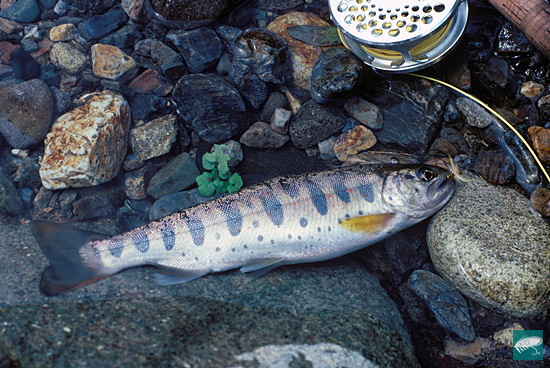
This fish was five times as heavy as the same-age ones in ordinary mountain streams.
“Be quick!” I said to myself.
My target point was more than 30m downstream ahead of the gentle curve. The current became narrower and flowed into the deep pool farther downstream. As the fish had been staying even in the shallow monotonous current, it was quite natural to think that there would be many fish in that head of the pool. When I fished downstream to the spot from where I could see that head of the pool, it got light and I could see countless sedges flying. The River Takahara had a lot of sedge but the River Katsura had several times more. Then I saw a big splash just beside me.
“A good sized fish, again, isn’t it?”
I returned 10m upstream to fish that rise. When I looked back downstream, I saw a splash near my target point of the head of the pool.
“Come on! I will catch both two!”
I was excited. However, alas, I realized that the morning mist began to clear up, which enabled me to look downstream clearly.
“No, I have not got enough time. I have to choose one.”
I chose my main target fish. Although I had returned upstream, I hurried ahead downstream again. The rise just seen upstream was not made by a small fish. But judging from the rise spot, probably it was the same size as the first one.
Turning the curve, I checked again how the stream flowed. Surely the rise was made at the centre of the head of the pool, the narrowest part of the stream. Judging from the point size and the way of splash spatter, it would be a fairly big fish!
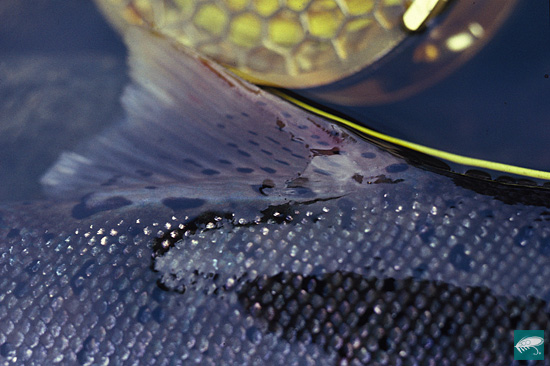
Many of amago trout in the River Katsura had faint red spots, different from those in narrow mountain streams.
I put the rod under my arm and retrieved the leader. At the leader tip was Peacock Queen which had once caught the fish. I picked it up with my left hand and drew the leader through my right hand. It was the surest way to find any tiny unseen damage of the leader. Another rise-sound echoed. The fish was in high spirit. I was not allowed to make any mistake in my presentation. To make sure that the line was extended just long enough to the rise spot, I cast the fly along this side bank where no fish was staying. The line had an exact length.
A Fantasy?
When I cast the wet fly down-and-across, I prefer wet-fly-cast without false cast because I can make the back cast high and powerfully settle the fly on the surface with the leader extended as tightly as possible. Then I have a hooking chance as soon as the fly settles on the surface. Now I directed the rod to the rise spot, picked up the line quietly and cast it a little away the opposite side bank. The line extended in a straight line on the surface. The fly was drifting as soon as it settled on the surface.“Come on!”
Immediately the reel rattled and the line was tightened. Every time I felt strong intermittent shake at rather long intervals, the rod swayed violently. After a fish nearly broke the surface, it suddenly ran downstream and stopped in the centre of the pool.
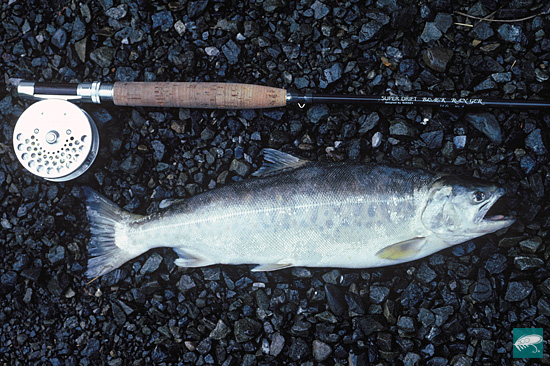
Without running or fighting, it stuck to the bottom and never allowed me to pull the line. Our game was not over but I wanted to finish immediately once I hooked it. I wanted to land it quickly and return to the rise spot I had once given up. I had a chance now but would miss it if I were slow! I pulled the fish by force. Black Ranger was bent in a large arc again. I succeeded in removing the fish from the bottom but in no time it returned farther deeper than before.
“This chap has something unusual!”
Its powerful return made me give up another fish. First of all I had to land this one. For the next few minutes I pulled it and it returned by turns. Finally it lost its power and broke the surface. I pulled it under my feet and found that size 4 Peacock Queen was not seen. It swallowed the whole fly. I thought it was a yamame trout with very high back but found little red spots near the lateral line. It had no clear pattern but looked like an amago trout.
I found the morning mist had disappeared. Everything was back to an ordinary morning. I looked back the rise spot upstream I had to give up. No single sedge was flying any more. The current once full of the spirit of creature flowed dully now.
“That’s all for today.”
I climbed the slope and looked back. Was I dreaming at the valley bottom? When I got into the car to go home, the first fisherman of the day passed beside me.
-- To be continued --
- NET SHOP INFORMATION
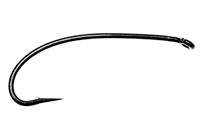
SL6 Black Spey Hooks
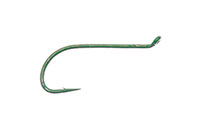
DU3 Limerick Spinner Hooks
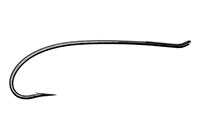
SL4 Single Bartleet Hooks
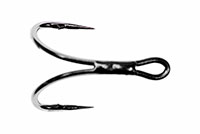
XD1 Tube Fly Double Hooks
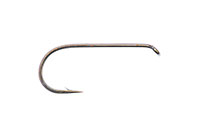
DD2 Flat Perfect Hooks
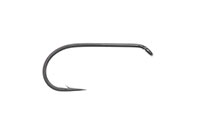
DD1 Black Terrestrial Hooks
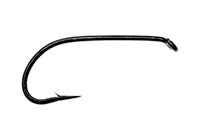
TD4 Old Limerick Wet Hooks
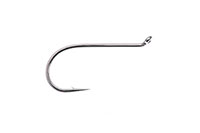
DU1 Silver May Hooks
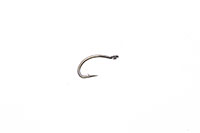
MU1 Flat Midge Hooks
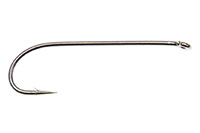
LD3 Long Limerick Hooks
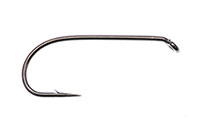
TD2 Summer Sproat Hooks
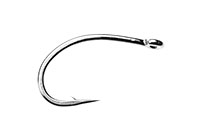
XS1 Tube Single Silver Hooks
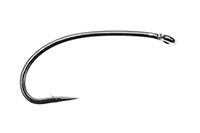
TD6 Siver Sedge Hooks

SL5 Black Spey Hooks

DU3 Limerick Spinner Hooks
- TROPHY CLUB
- FLY SHOW
- EXHIBITION
- MASTERS`
- FLY DRESSING CONTEST Archives
- TRAVELLER Archives
- TACKLE IMPRESSIONS Archives
- ANGLERS` PHOTO GALLERY Archives
- ----------------------------------------------
- トロフィークラブ
- フライショー
- エキシビション
- マスターズ
- フライドレッシング・コンテスト・アーカイヴ
- トラヴェラー・アーカイヴ
- タックル・インプレッション・アーカイヴ
- アングラーズ・フォトギャラリー・アーカイヴ
株式会社サワダ 185-0021 東京都国分寺市南町3-13-4
SAWADA'S INC. 3-13-4 Minamicho, Kokubunji, Tokyo 185-0021, Japan
写真・ドキュメントの無断転載を禁じます。
All the images and documents found on this site are owned by Ken Sawada and may not be used without permission.
But, link to this site is FREE.
Copyright © 2000 - 2025 SAWADA'S INC.. All rights reserved.
SAWADA'S INC. 3-13-4 Minamicho, Kokubunji, Tokyo 185-0021, Japan
写真・ドキュメントの無断転載を禁じます。
All the images and documents found on this site are owned by Ken Sawada and may not be used without permission.
But, link to this site is FREE.
Copyright © 2000 - 2025 SAWADA'S INC.. All rights reserved.
